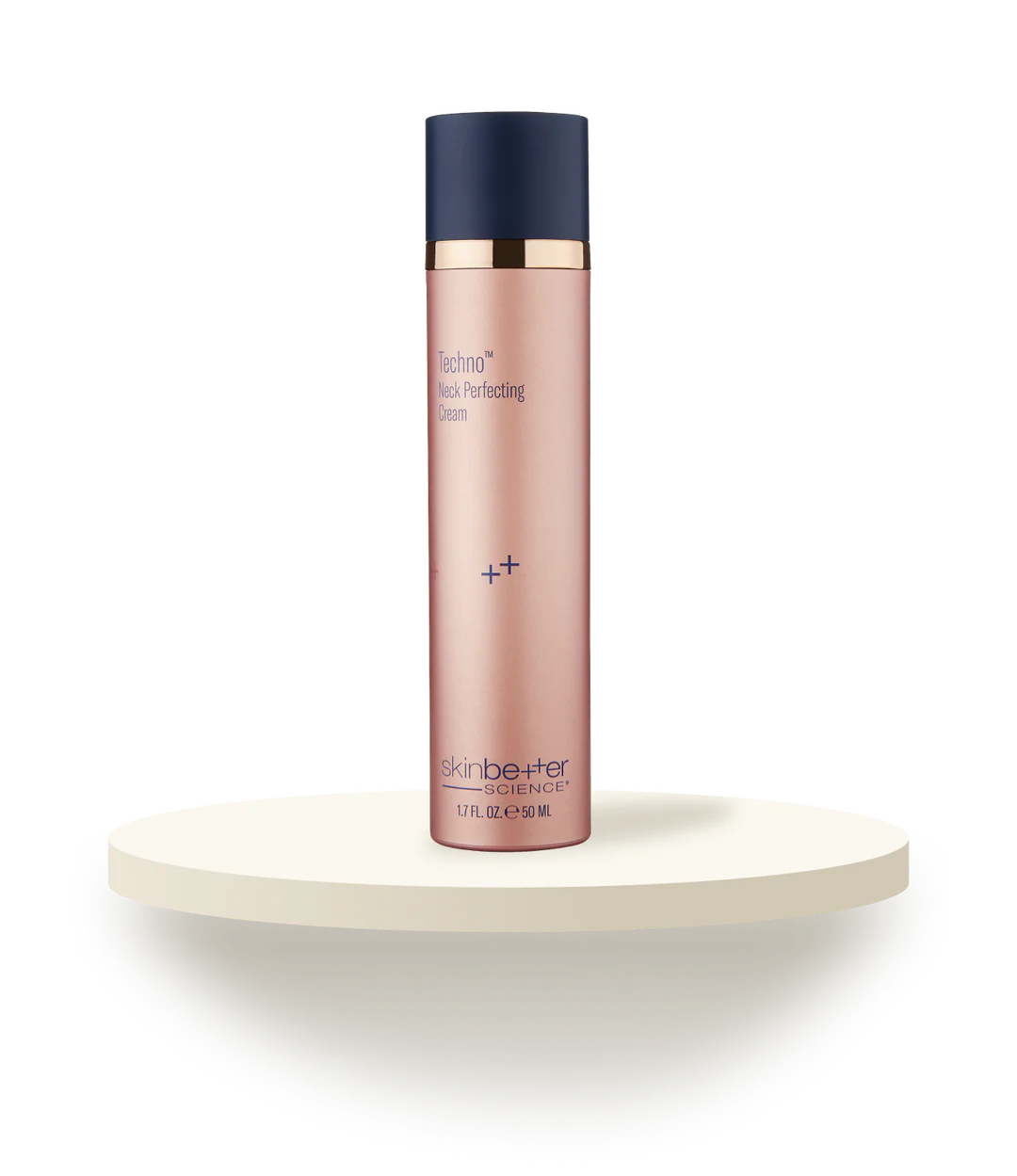Scars
You’re more like Wolverine than you think.
We've all got scars (and in some cases really good stories to go with them), but when they’re not in a great area or more noticeable than you’d like it can make you feel a bit self-conscious. Scars are a part of the body’s amazing ability to heal and regenerate, however, typically the new skin doesn’t totally match the original. When that’s the case, a professional scar treatment can help restore and rejuvenate the skin.
So, what exactly is the deal with fibrotic (scar) tissue? If you’ve ever thought of speed healing as a superpower then you should know that if you adjust your definition of “speed” you technically innately have super healing (yeah, we know it’s a bit of a stretch).
When we injure ourselves our bodies first close any damaged blood vessels with clotting cells (platelets), and start sending infection fighting and healing cells to the area. The swollen, puffy appearance of healing wounds, and the normal fluids that ooze from them are all correlated to our body's own healing mechanisms.
Here’s the even more interesting part, as the body knits itself back together cell by cell, the skin cells and proteins (like collagen fibers) do not follow the same randomization pattern they normally do. Instead, they arrange themselves in a unilateral linear pattern creating the different appearance of scar tissue.
Scar tissue does not contain sweat glands or hair follicles, and is less able to protect itself from UV light. There are various types of scars, and certain individuals and skin types are more prone to noticeable scarring than others.
Scar formation mainly depends on the size and depth of the wound that caused it. According to the American Academy of Dermatology, there are six classifications of scars:
When it comes to scars, location and type will be a big factor in directing treatment. For individuals with high melanin levels, like those of African and Asian ancestry, all types of scarring will typically be more perceptible. Scarring on noticeable areas of the body may prompt someone to seek treatment to alleviate aesthetic concerns.
Scars that are more severe and have the potential to impact quality of life, like keloid and contracture, will require treatment to restore function or preserve health.
For minor cosmetic scars, over the counter or minimally invasive treatment options will most likely be sufficient. For more severe scarring, a medical evaluation and professional intervention will be needed.
For a more in-depth look at the treatment options listed above, check out our guide to Scar Solutions.
